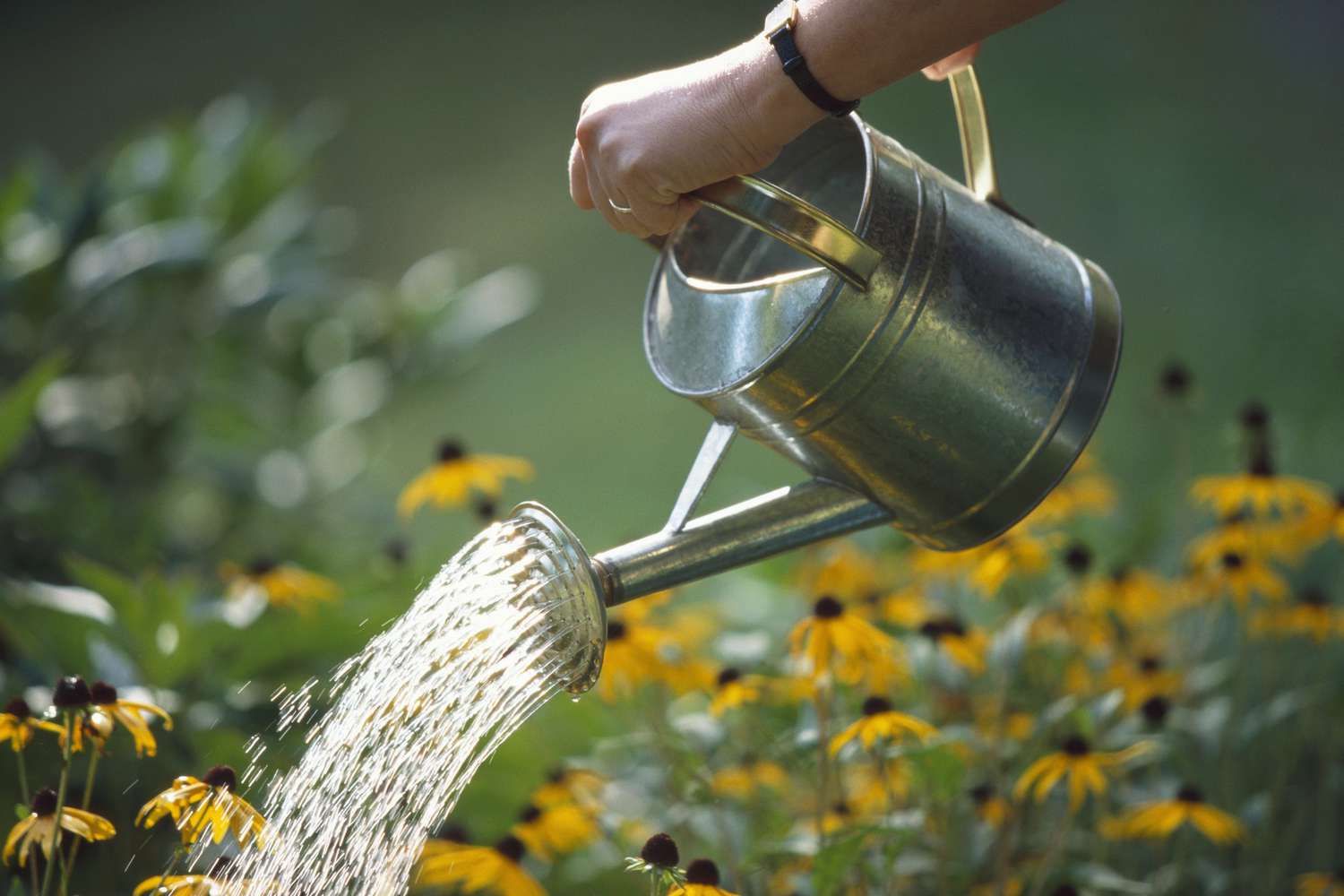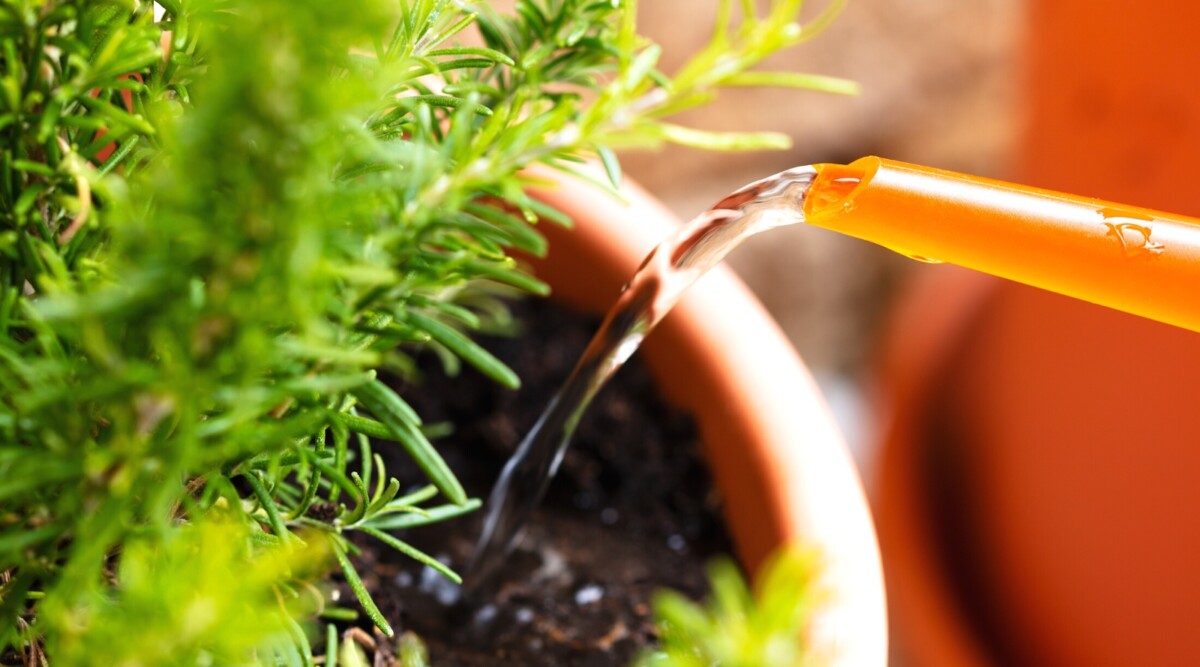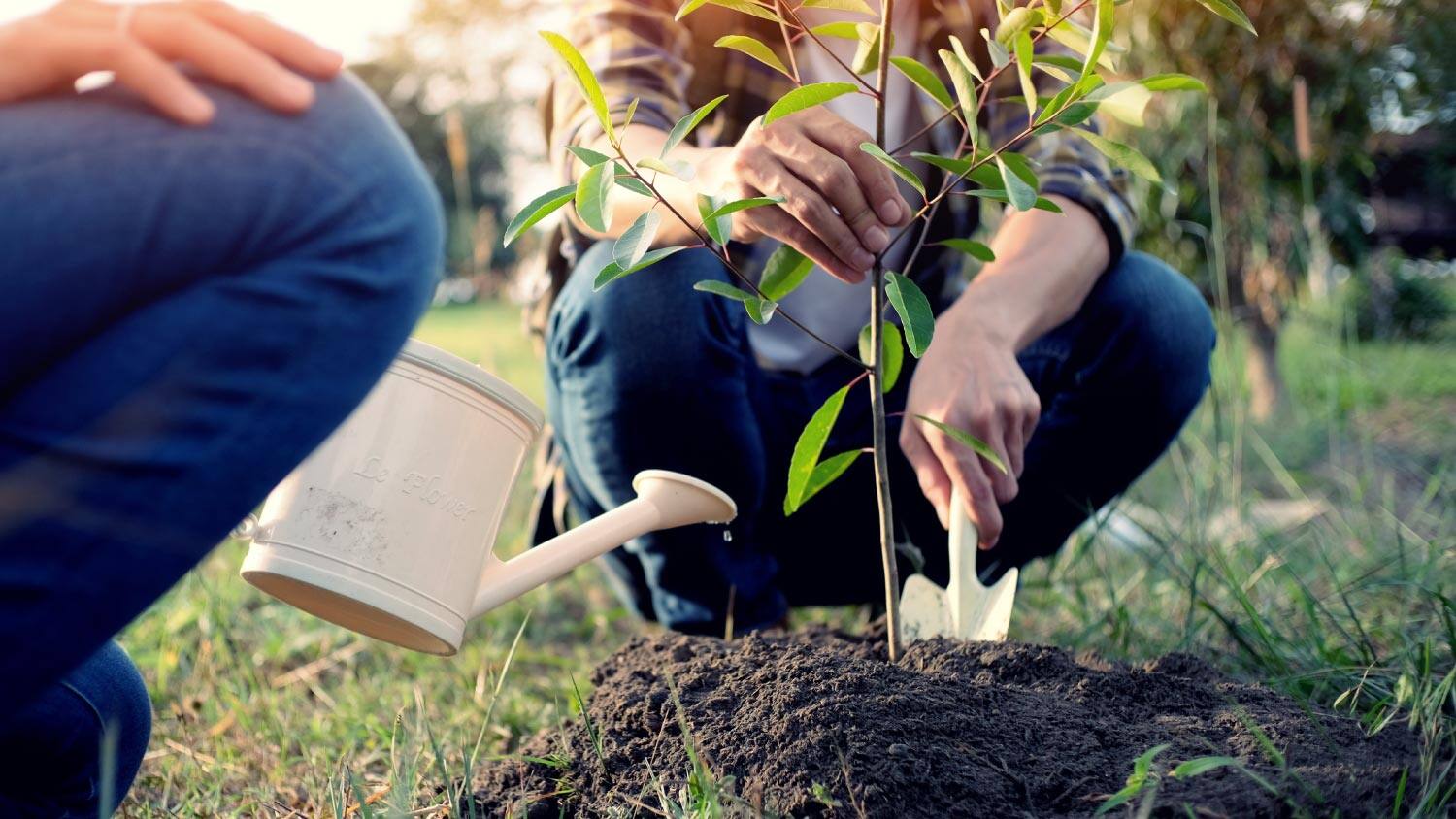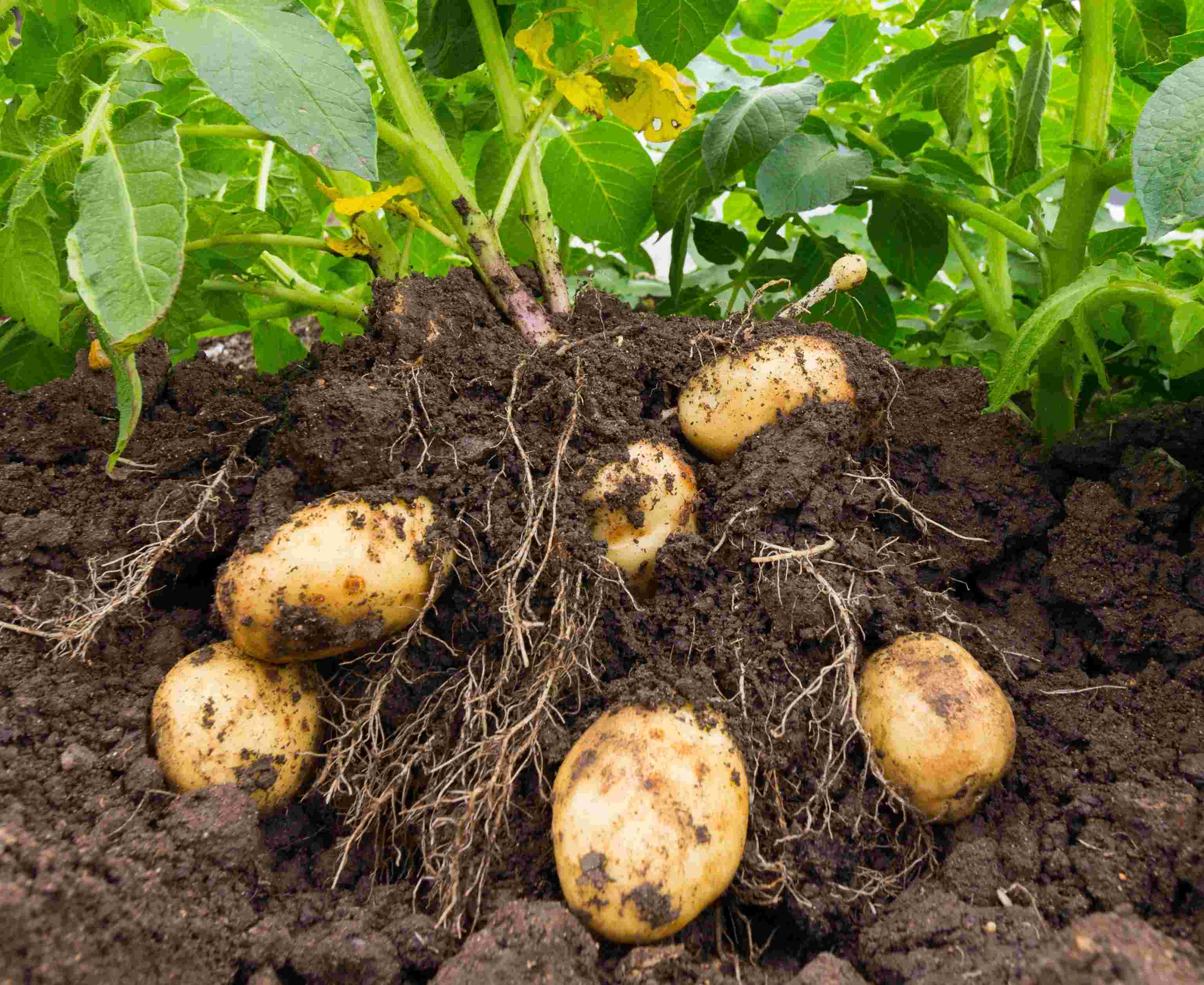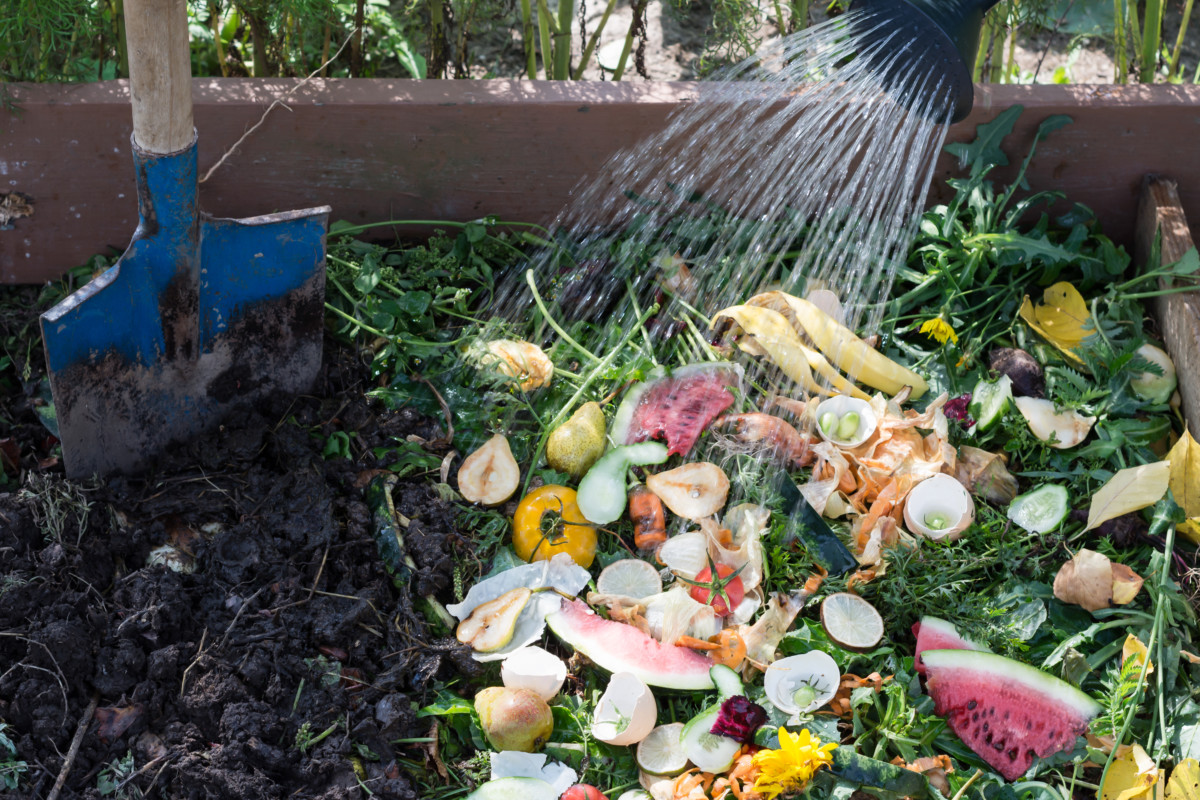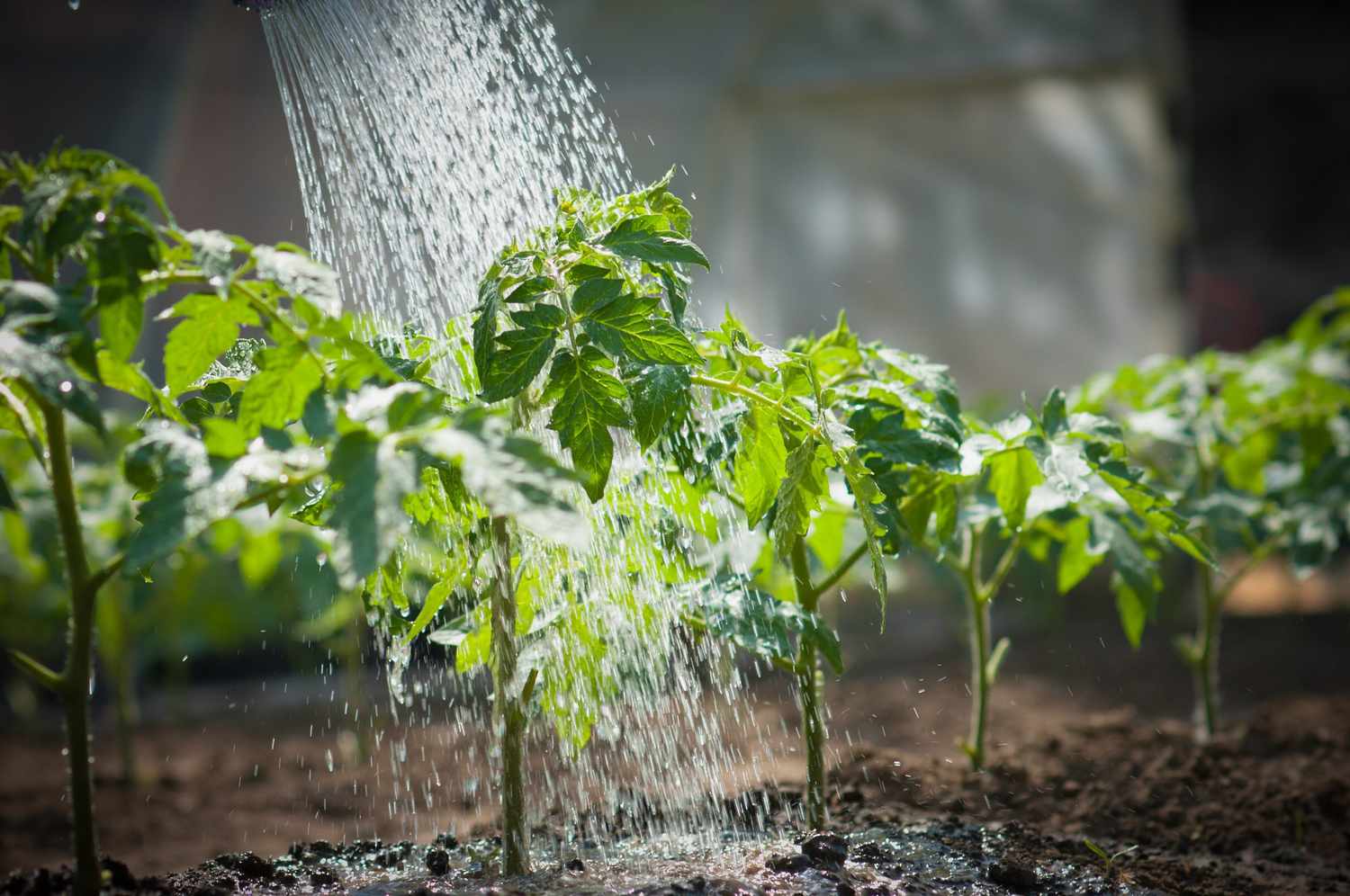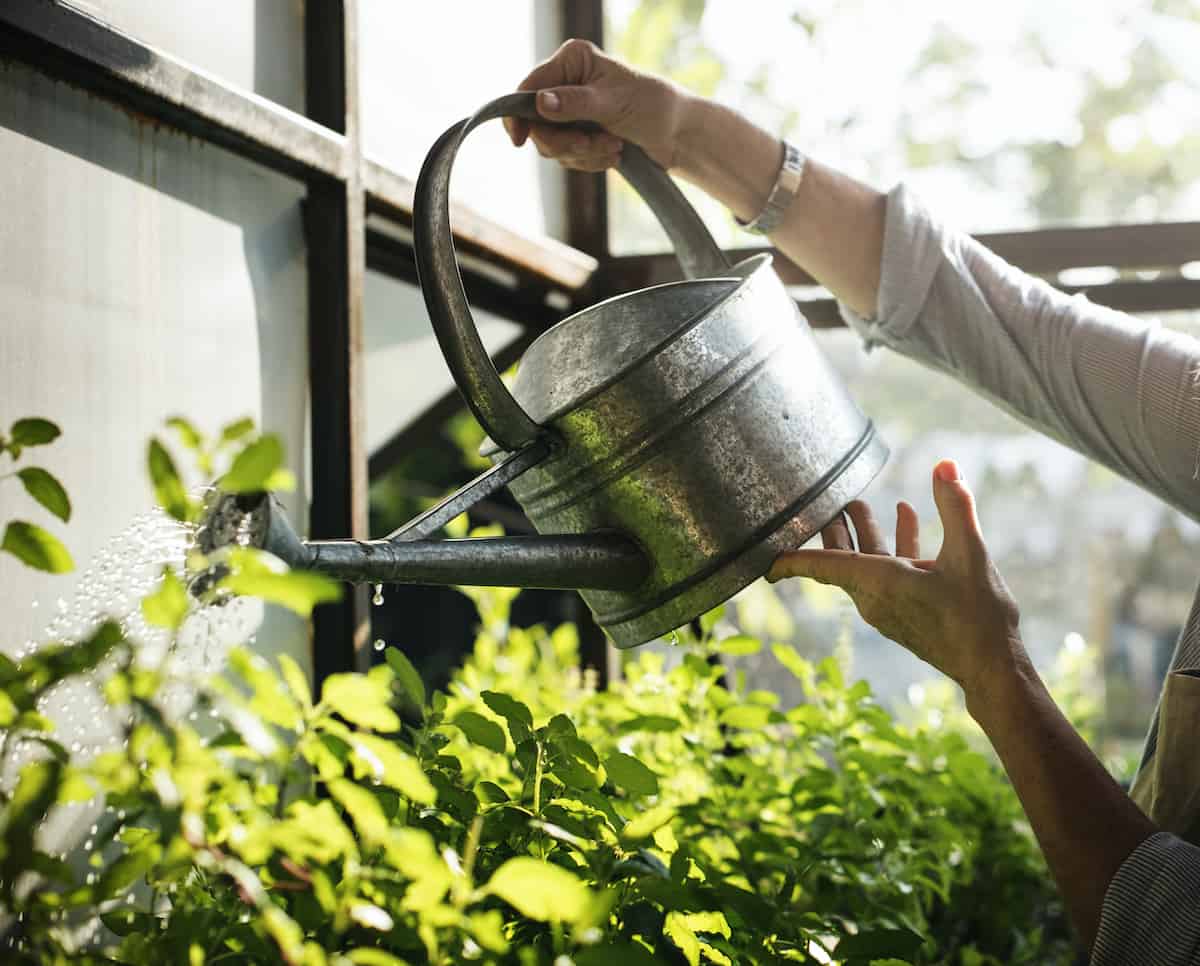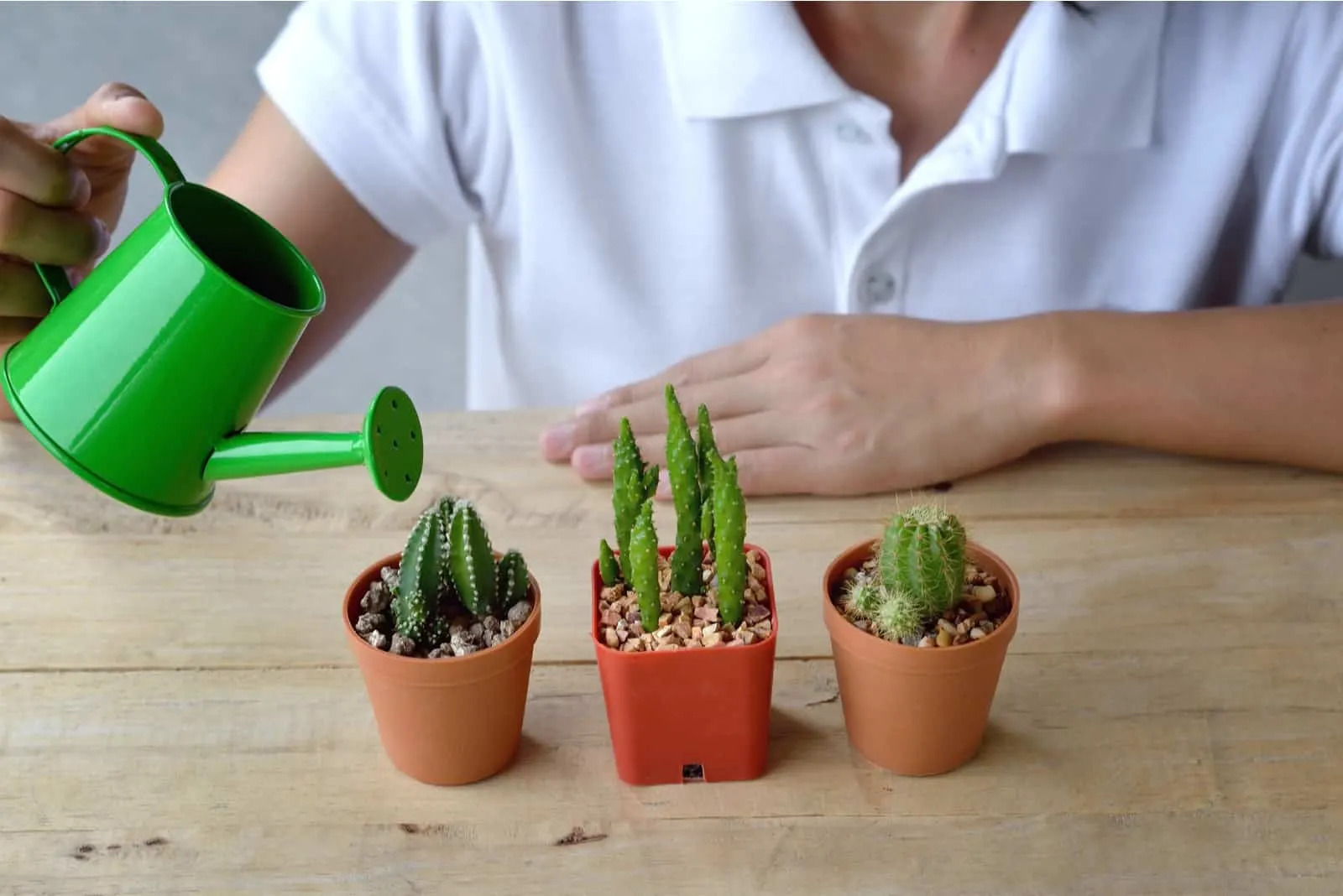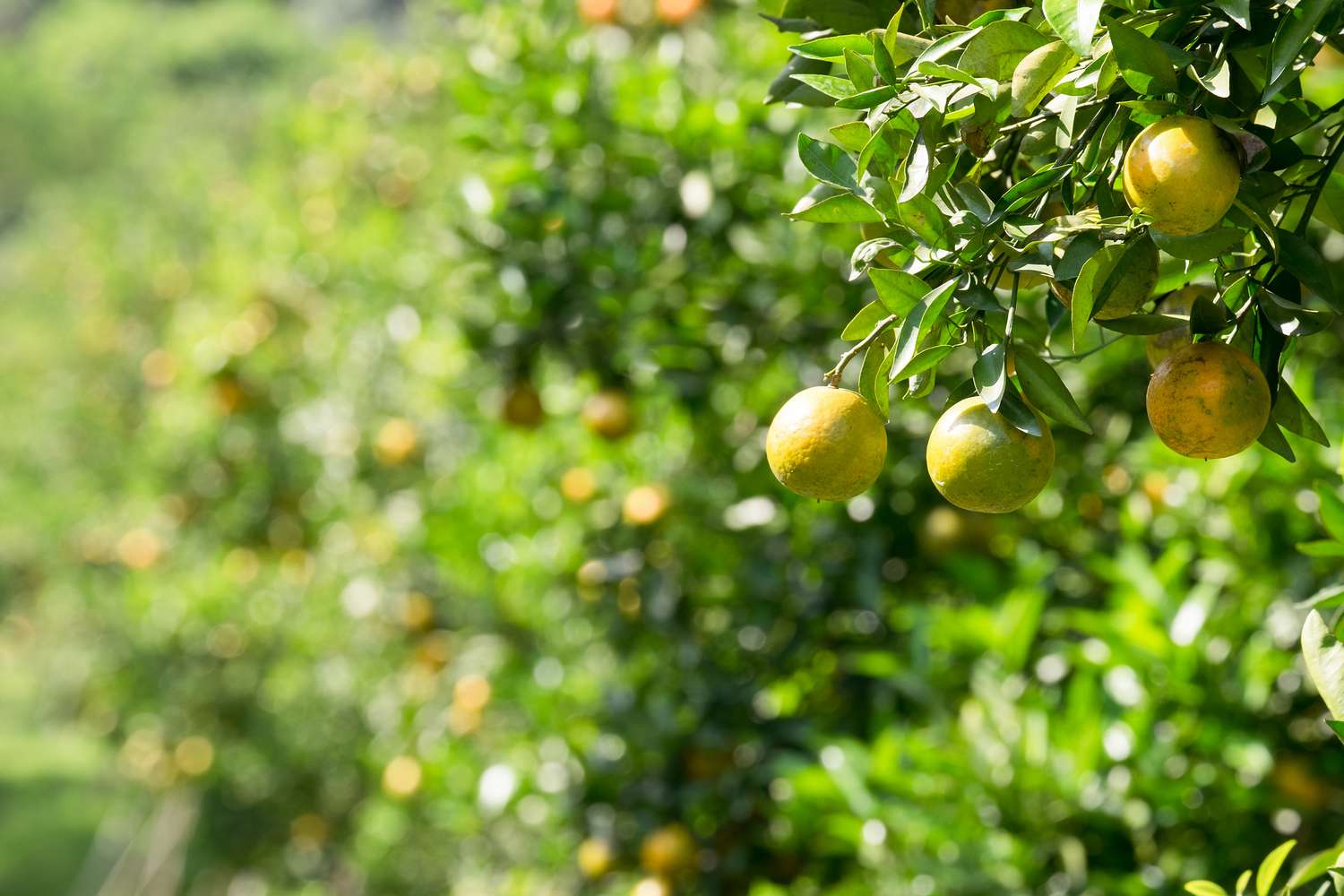Home>Types of Gardening>Edible Gardening>How Often To Water Potatoes After Planting
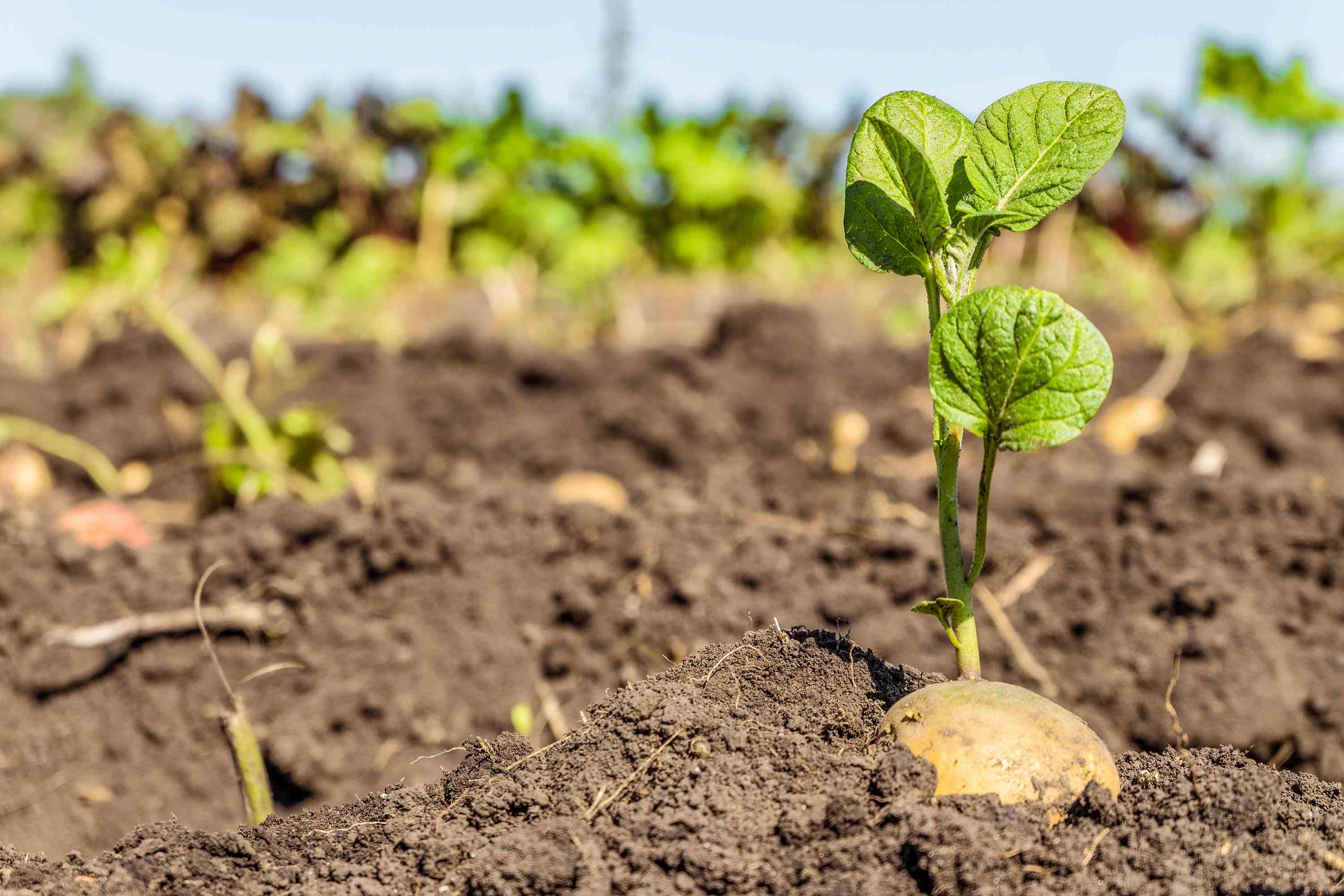

Edible Gardening
How Often To Water Potatoes After Planting
Modified: February 6, 2024
Discover the optimal watering frequency for your edible garden. Learn how often to water potatoes after planting and ensure healthy growth of your crops.
(Many of the links in this article redirect to a specific reviewed product. Your purchase of these products through affiliate links helps to generate commission for Chicagolandgardening.com, at no extra cost. Learn more)
Table of Contents
Introduction
Welcome to the fascinating world of edible gardening! If you’ve decided to embark on the journey of growing your own potatoes, congratulations – you’re in for a rewarding and delicious experience.
Edible gardening has surged in popularity in recent years as people have become more conscious of the importance of fresh and organic produce. Growing your own vegetables not only allows you to enjoy the satisfaction of nurturing plants from seed to harvest, but it also provides you with a bountiful supply of nutrient-rich food right at your fingertips.
One of the key factors in ensuring a successful potato harvest is proper watering. Potatoes, like all plants, require water for their growth and development. However, it’s important to strike the right balance when it comes to watering your potato plants.
In this article, we’ll explore the factors that affect the frequency of watering potatoes, discuss the optimal watering schedule immediately after planting, explore the watering frequency during the growing season, and provide valuable tips on how to adjust watering based on weather conditions. By the end, you’ll have all the knowledge you need to cultivate healthy and thriving potato plants.
Factors Affecting Watering Frequency
Several factors come into play when determining the proper watering frequency for your potato plants. Understanding these factors will allow you to make informed decisions and provide your plants with the optimal conditions for growth.
1. Soil Type: The type of soil you have in your garden plays a significant role in watering frequency. Sandy soil tends to drain more quickly and may require more frequent watering, while clay soil holds moisture for longer periods, requiring less frequent watering.
2. Potatoes’ Stage of Growth: The watering needs of potatoes vary throughout their growth stages. During the early stages, when the plants are establishing their root systems, more frequent watering is needed to encourage root development. As the plants grow and enter the flowering and tuber formation stage, the frequency can be reduced to avoid moisture-related issues.
3. Temperature and Weather Conditions: Hot and dry weather increases the rate of evaporation, resulting in faster drying of the soil. In such conditions, you’ll need to water more frequently to ensure the plants receive adequate moisture. On the other hand, cool and humid weather may require less frequent watering.
4. Planting Containers: If you’re growing potatoes in containers, the watering requirements may differ from those in the ground. Containers tend to dry out more quickly, necessitating more frequent watering to keep the soil consistently moist.
5. Mulching: The use of organic mulch, such as straw or wood chips, can help retain moisture in the soil. Mulching reduces evaporation and helps regulate soil temperature, which in turn affects watering frequency.
Remember that these factors interact with each other, so it’s important to assess them collectively when determining how often to water your potatoes. By taking these factors into account, you can provide your plants with the right amount of water they need to thrive without overwatering or underwatering them.
Watering Schedule Immediately After Planting
Proper watering immediately after planting sets the foundation for healthy potato growth. This stage is critical because it helps the plants establish their root systems and adapt to their new environment. Here’s a recommended watering schedule to follow:
1. First Watering: After planting your potato tubers, give them a thorough watering to ensure the soil is evenly moist. This initial watering helps settle the soil around the tubers and encourages germination.
2. Daily Watering: For the first week or so after planting, it’s important to water your potato plants daily. This ensures that the soil remains consistently moist, providing the ideal conditions for root development. However, be cautious not to overwater, as excessively wet soil can lead to rotting.
3. Watering Depth: When watering, aim for a depth of about 6 to 8 inches. This depth encourages the roots to grow deeper into the soil, resulting in stronger and more resilient plants.
4. Monitoring the Moisture Level: To determine if your potatoes need watering, you can perform a simple soil moisture test. Insert your finger into the soil up to your second knuckle. If the soil feels dry at that depth, it’s time to water. If it still feels moist, you can hold off on watering for another day.
5. Consider Rainfall: If you’re experiencing rainy weather during this period, you may not need to water as frequently. Monitor the moisture levels in the soil and adjust your watering schedule accordingly.
By following this watering schedule immediately after planting, you give your potato plants the best chance for healthy growth and establishment. Remember, consistency is key during this stage – ensuring the soil remains consistently moist without becoming waterlogged.
Watering Frequency During the Growing Season
As your potato plants grow and enter the growing season, their watering needs will evolve. It’s important to adjust your watering frequency to accommodate the changing requirements of the plants.
1. Soil Moisture Monitoring: Regularly monitor the moisture levels in the soil throughout the growing season. This can be done by performing the finger test mentioned earlier or by using a moisture meter. Aim to keep the soil consistently moist but not waterlogged.
2. Watering Interval: As the plants establish their root systems and grow taller, you can reduce the frequency of watering. Watering every two to three days is generally sufficient, but this can vary depending on factors such as soil type and weather conditions.
3. Deep Watering: When watering, focus on providing deep irrigation rather than a light sprinkling. This encourages the roots to grow deeper into the soil, accessing nutrients and water more effectively.
4. Evaporation and Heat Stress: During hot summer months, plants are more prone to heat stress, and the soil can dry out more quickly due to increased evaporation. Adjust your watering frequency to compensate for these conditions and ensure the plants receive enough moisture to stay healthy.
5. Mulching: Mulching around your potato plants can help conserve moisture in the soil. Apply a layer of organic mulch, such as straw or wood chips, around the base of the plants. This helps reduce evaporation, maintain soil moisture, and regulate soil temperature.
Remember that every garden is unique, and variables like soil type, climate, and specific varieties of potatoes can influence watering frequency. It’s important to closely observe your plants, adjust watering as needed, and fine-tune your approach based on the specific needs of your garden.
By adopting a mindful watering routine during the growing season, you provide your potato plants with the right amount of moisture they need to thrive, resulting in healthy foliage growth, robust tuber formation, and ultimately, a bountiful harvest.
Signs of Overwatering or Underwatering Potatoes
Proper watering is crucial for the health and productivity of your potato plants. However, it can be challenging to strike the right balance between overwatering and underwatering. Here are some signs to watch out for that indicate whether your potatoes are receiving too much or too little water:
1. Overwatering:
- Yellowing leaves: Excessive moisture can cause the leaves of your potato plants to turn yellow, especially if the lower leaves are affected first.
- Mushy or rotten tubers: Overwatering can lead to waterlogged soil, which creates a perfect environment for rot and disease. If your potatoes are mushy or have rotting spots, it may be a sign of overwatering.
- Droopy or wilted foliage: While it may seem counterintuitive, overwatered plants can exhibit drooping or wilting leaves. The excess water can actually suffocate the roots and prevent them from absorbing necessary oxygen.
- Fungal growth: Excessive moisture can promote the growth of fungi, such as mold or mildew, on the leaves or soil surface.
2. Underwatering:
- Dry soil: If the soil around your potatoes is consistently dry and cracked, it’s a clear indication that they are not receiving enough water.
- Droopy or wilting foliage: Dehydration can cause foliage to appear droopy, limp, or wilted, even when the soil is dry. This is the plant’s way of conserving water.
- Stunted growth: Insufficient water supply can result in stunted growth, both above and below ground. Your potato plants may appear smaller and produce fewer tubers.
- Poor tuber development: Underwatered plants may produce smaller or misshapen tubers due to inadequate moisture uptake.
It’s important to note that these signs can also be caused by other factors such as nutrient deficiencies, pests, or diseases. Therefore, it’s crucial to assess multiple indicators and consider the overall health of the plants when determining whether they are receiving the proper amount of water.
Regularly monitoring the moisture levels in the soil, observing the appearance of the foliage, and being attentive to any changes in the plant’s overall vitality will help you fine-tune your watering practices and provide your potatoes with the optimal growing conditions they need for a successful harvest.
Adjusting Watering Frequency Based on Weather Conditions
Weather conditions play a significant role in determining the watering needs of your potato plants. By adapting your watering frequency to match the specific conditions, you can ensure that your plants receive the appropriate amount of moisture to thrive. Here are some guidelines for adjusting your watering based on different weather conditions:
1. Hot and Dry Weather:
- Increased watering: During periods of hot and dry weather, the soil tends to dry out more quickly. Increase the frequency of watering to ensure that the soil remains consistently moist. Consider watering early in the morning or late in the evening to minimize water loss through evaporation.
- Deep watering: In hot conditions, it’s essential to water deeply to encourage the roots to penetrate deeper into the soil. Deep watering helps to establish a strong root system and enables the plants to access water from lower levels of the soil.
- Mulching: Apply a layer of organic mulch around your potato plants to help conserve soil moisture. Mulch acts as a barrier, reducing evaporation and maintaining a more consistent soil temperature.
2. Cool and Humid Weather:
- Decreased watering: In cool and humid conditions, the rate of evaporation is lower, and the soil retains moisture for longer. Monitor the soil moisture levels and reduce the frequency of watering accordingly. Overwatering in cool and humid conditions can lead to root rot and other issues.
- Adequate drainage: Ensure that your garden beds or containers have proper drainage to prevent waterlogging and avoid waterlogged roots. Good drainage helps excess water to drain away, preventing stagnant water around the plants.
3. Rainy Weather:
- Monitor soil moisture: During rainy weather, it’s important to monitor the soil moisture levels regularly. Heavy rainfall can saturate the soil, leading to overwatering. If the soil is excessively moist, you may need to adjust your watering schedule and reduce the frequency until the soil has a chance to dry out.
- Good drainage: Just like in cool and humid weather, ensure that your garden beds or containers have good drainage to prevent waterlogging. Consider incorporating organic matter into the soil to improve its water-holding capacity and drainage.
By paying attention to the weather conditions and adjusting your watering accordingly, you can ensure that your potato plants receive the right amount of moisture for optimal growth and health. Remember to strike a balance between providing adequate water and avoiding overwatering, as both can lead to detrimental effects on your plants.
Watering Tips for Healthy Potato Plants
Watering is a crucial aspect of growing healthy and productive potato plants. Here are some tips to help ensure your potato plants receive the right amount of water:
1. Consistent Moisture: Aim to provide consistent moisture to your potato plants. Avoid allowing the soil to completely dry out between waterings, as this can lead to stress and poor growth. Conversely, avoid overwatering, as it can lead to waterlogged soil and root rot.
2. Deep Watering: When you water your potato plants, aim to water deeply. This encourages the roots to grow deeper into the soil, resulting in stronger plants. Watering deeply also helps prevent shallow root development, which can make plants more susceptible to stress and drought.
3. Avoid Wetting the Foliage: Direct water at the base of the plants, avoiding wetting the foliage as much as possible. Wet foliage can contribute to the development of fungal diseases, so it’s best to keep the leaves as dry as possible.
4. Morning Watering: Watering your potato plants in the morning allows the leaves to dry out before nightfall. Moist foliage overnight can promote the growth of fungi and increase the risk of disease. Morning watering also helps ensure that the plants have ample moisture throughout the day, especially during hot weather.
5. Mulching: Apply a layer of mulch around your potato plants to help conserve moisture in the soil. Mulch acts as a barrier, reducing evaporation and keeping the soil cool. Organic mulch, such as straw or wood chips, is ideal for potatoes.
6. Adjusting Watering Frequency: Pay attention to the specific needs of your potato plants and adjust the watering frequency accordingly. Factors such as soil type, weather conditions, and stage of growth will influence the water requirements of your plants. Regularly monitor soil moisture and observe the appearance of the plants to determine if adjustments are needed.
7. Adequate Drainage: Ensure that your garden beds or containers have good drainage to prevent waterlogging. Excess water should be able to drain away, as stagnant water around the roots can lead to rot and other issues.
8. Watering New Plantings: When initially planting your potato tubers, make sure to water them thoroughly. This encourages germination and helps the tubers establish their root systems. Follow the recommended watering schedule for new plantings mentioned earlier in this article.
By following these watering tips, you’ll provide your potato plants with the optimal moisture conditions they need for healthy growth and abundant harvests. Remember, watering is just one aspect of potato care, so be sure to consider other factors such as proper nutrition and pest management for overall plant health.
Conclusion
Watering plays a vital role in the success of your potato growing endeavors. By providing your plants with the right amount of moisture, you can promote healthy growth, robust tuber development, and ultimately, a bountiful harvest.
Understanding the factors that influence watering frequency, such as soil type, stage of growth, and weather conditions, empowers you to make informed decisions and adjust your watering practices accordingly. Monitoring the moisture levels in the soil, observing the appearance of the plants, and fine-tuning your approach based on specific factors unique to your garden will help you achieve optimal results.
Remember to strike a balance between providing adequate water and avoiding overwatering or underwatering. Overwatering can lead to root rot and other issues, while underwatering can stunt growth and lead to poor tuber development. By following the watering tips discussed, such as deep watering, morning watering, mulching, and adjusting watering frequency, you’ll be able to meet the specific moisture needs of your potato plants.
Growing your own potatoes is not only rewarding but also a great way to enjoy fresh and organic produce. With proper watering, coupled with other essential elements of care such as nutrient management, pest control, and regular maintenance, you’ll be well on your way to a successful potato-growing journey.
So, roll up your sleeves, grab your watering can, and watch your potato plants thrive as you provide them with exactly what they need to flourish and produce a delicious and abundant harvest.
